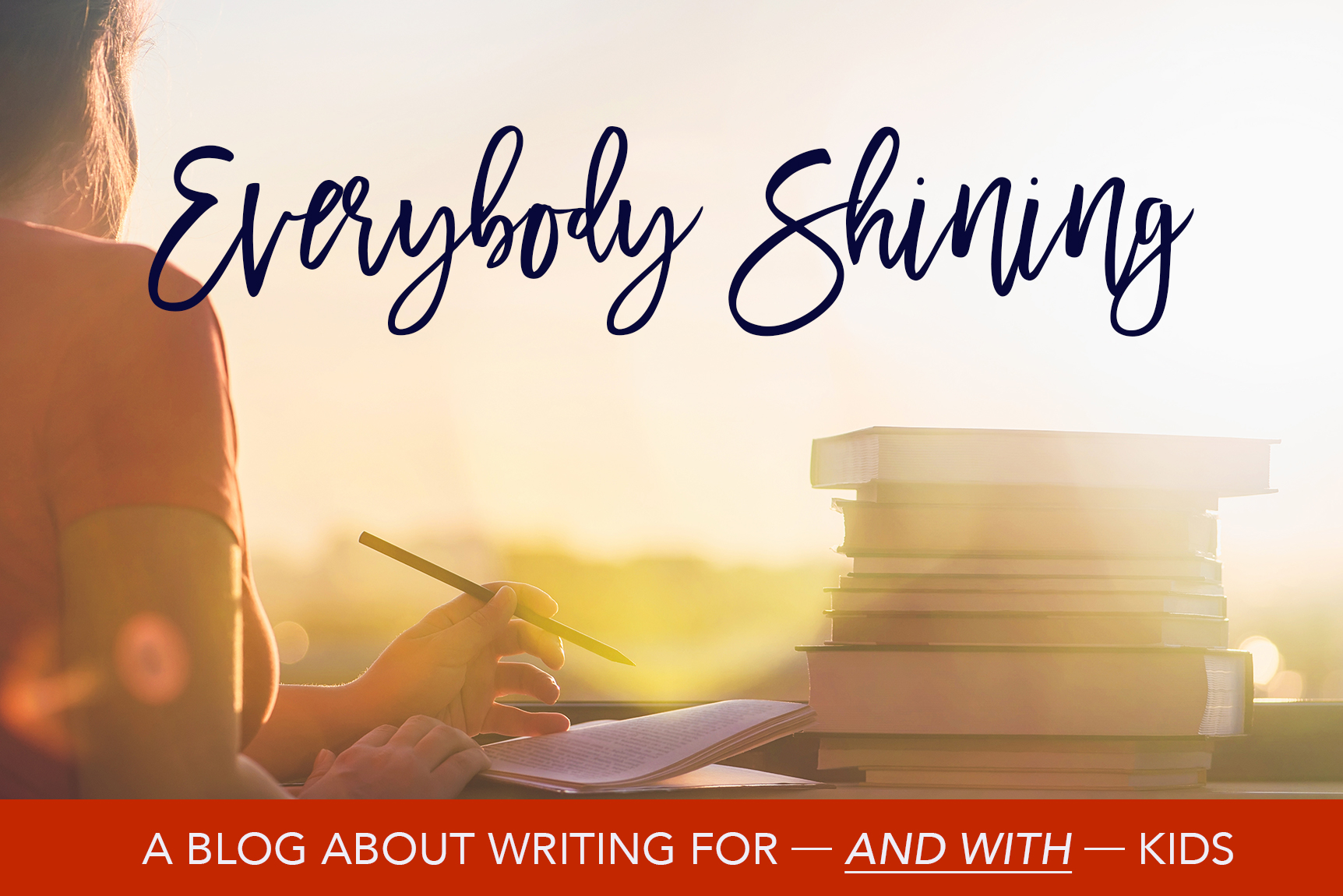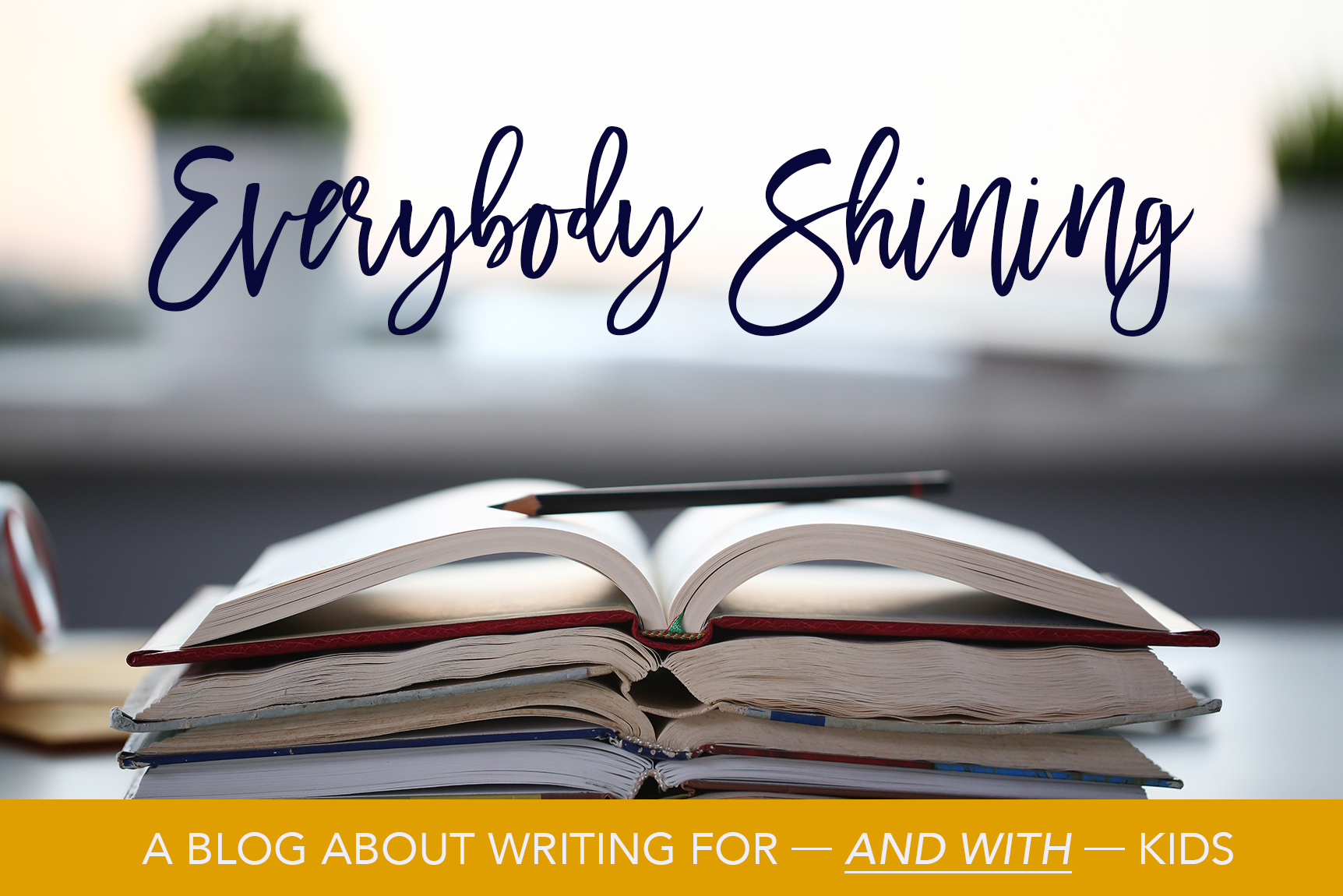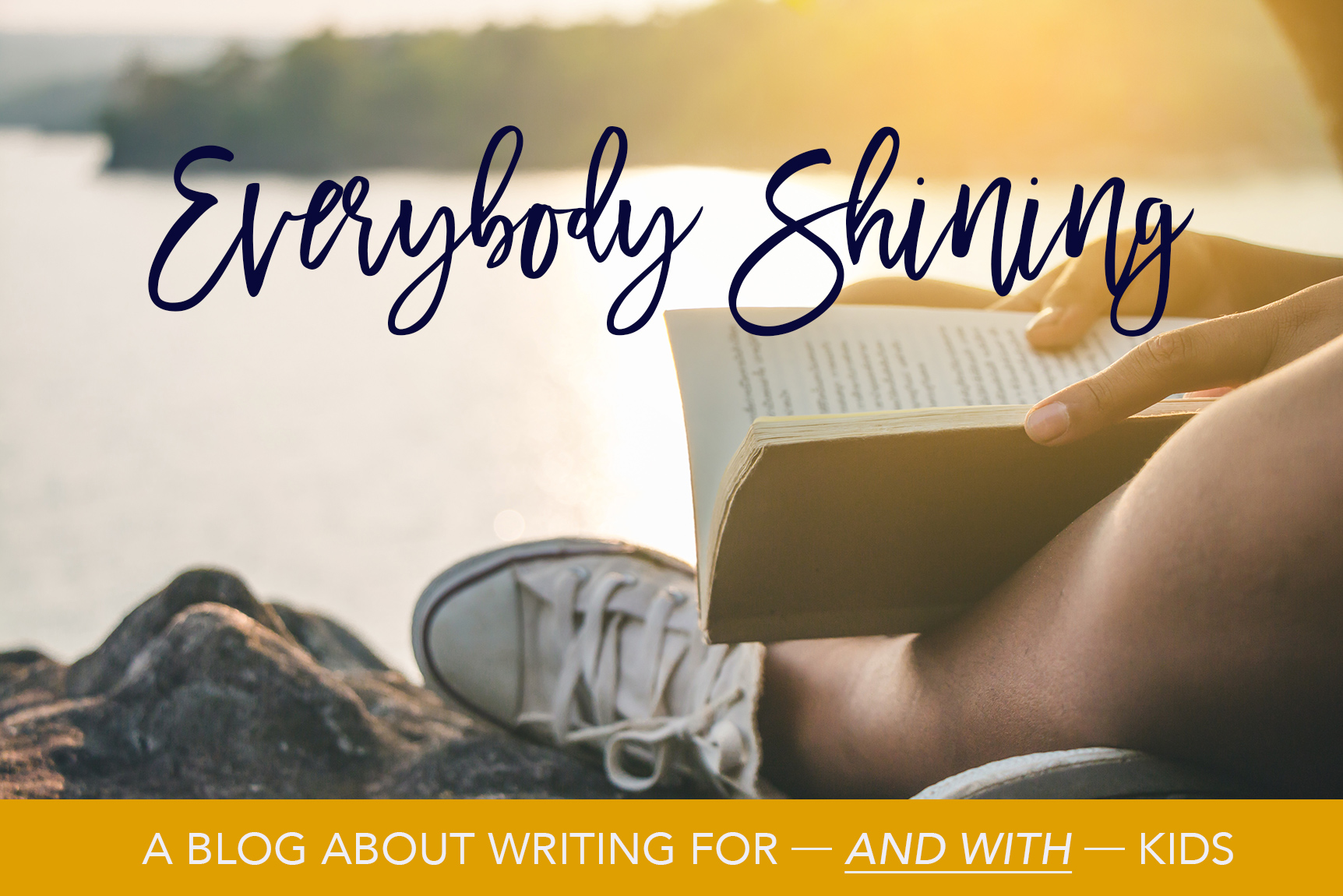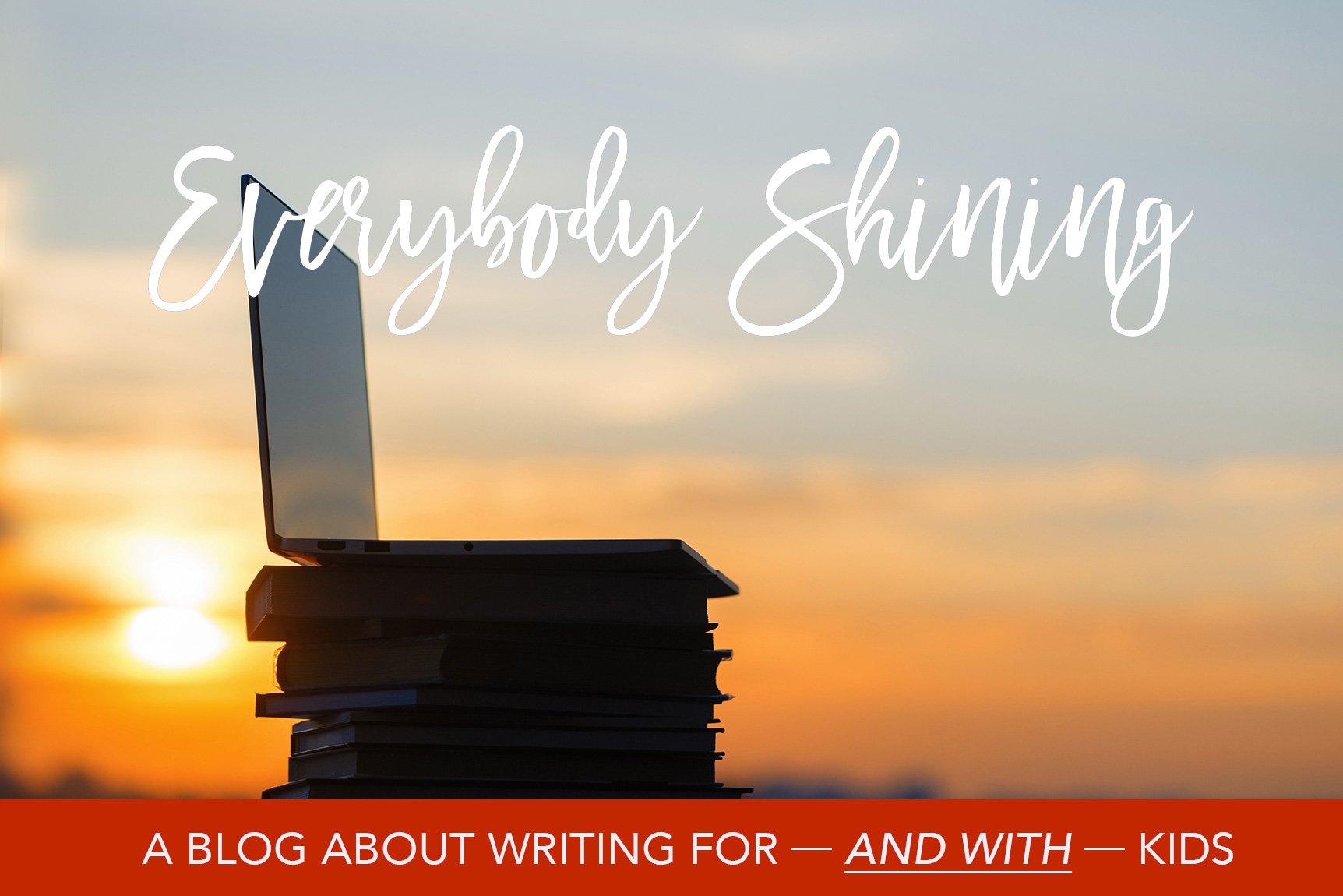One of the most important things an editor does is help the writer see what she’s actually written—as opposed to what she thinks she’s written. The editor points out to the writer what’s confusing about her draft, what needs developing, what’s missing–oh, and what’s wonderful, what’s powerful, and what’s engaging!
The problem in a workshop situation is that a lot of people aren’t confident in their ability to give useful feedback. Here’s what I want to emphasize: The editor’s first job is to read a draft and report her reading experience to the author. Anyone can do this! Students need to see the process modeled, but once they understand how to give helpful feedback, they’re usually really good at it.
Over the years, I’ve found it helpful to give student editors these instructions when they’re reading a first draft of a story:
First, read the piece from beginning to end. Then read it a second time, this time noting the following things:
1. Did the opening pull you in? Did it make you want to keep reading? If so, what was it about the beginning that got your interest? The action? The voice? The description? The suspense? Be as specific as you can!
2. If the beginning didn’t pull you in, can you explain why not? What’s missing? At what point did you get interested in the story?
3. What did you think about the main character? Is s/he someone you want to get know better? What did you like about this character? What’s interesting, unusual or unique about them?
4. In every story, the main character has a problem that needs to be solved. What is the main character’s problem here?
5. Did the ending feel satisfying to you? If so, why? If not, can you say why not?
6. Where do you think the writer is having the most fun? How can you tell?
7. Where do you think the writer might have been struggling? How can you tell?
Next, make a list of questions about things you found confusing or need to know more about. Did you understand the characters’ actions and motivations? Was it clear to you when and where the story takes place, the ages of the characters, the relationships of the characters to one another, etc.?
Notice that in this round of edits, the editor doesn’t offer suggestions for revision. In later drafts, an editor might help the writer refine the plot and polish scenes. But right now, all she’s doing is talking about her experience as a reader of this piece of writing. With that information, the author can get to work on a second draft.
By the way, with a few tweaks, this approach works with personal narratives and essays as well.
***
When I run workshops with young writers and we’re critiquing someone’s poem or story, the first question I ask is, “What did you like about this?” and I insist they be specific as possible. “I liked the opening scene,” someone might say, and I push them to say why. At first, I help them out a little—“Was it exciting? Mysterious? Did it make you want to keep reading? What details caught your attention?”—but eventually they get the hang of it.
The point here is to always start with the positive. I find that writers are much more open to hearing about what didn’t work in their writing if they’ve already been told what did work. Just as importantly, when my students are acting as editors and they start off by giving praise, it sets the tone of the critique session. It’s more fun to feel like you’re encouraging someone than tearing them down.
I always have student editors give their feedback first, and when it’s my turn, I try to piggyback on their comments. “I like what Henry said about the grandmother—she seems like a real person to me, too.” “I think Jazmin is right—we need to understand why the two kids didn’t call the police before they went into the cave. Is there some reason they decided not to ask for help?” This piggybacking serves two purposes: One, it builds the students’ confidence in their ability to give useful feedback; and two, it encourages the writer to listen to everyone’s feedback, not just mine.
If I disagree with someone’s feedback, I might say something along these lines: “I hear what Jenna is saying about the opening scene being slow, and I see her point, but I don’t have the same problem with it.” My goal in couching my comment this way is to make Jenna to feel that her opinion is valuable and respected, which it is.
***
Odds and ends:
These are the sorts of comments I make after reading a first draft of a student story:
- The opening scene really pulled me into the story—Sophie’s report to the class on her pet lizard is totally hilarious, and I loved the lizard’s great escape from its cage!
- I wonder if we need so much information about Sophie’s family at the beginning of the story. Your descriptions of her brothers and sisters are really funny, but that section slows the story down. Could that information could be included later?
- I wish I’d had a principal like Mr. Wallace! I like how he helps Sophie out but doesn’t actually solve the problem for her.
- I wonder if the scene where Sophie finally finds the lizard but can’t manage to capture it could be more dramatic. Think about ways to up the tension—maybe the lizard hides out in a place that’s really dangerous?
Note that I employ the phrase “I wonder” frequently! Also, I always look for things to praise. Whether it’s a description, a piece of dialogue, even a great verb choice–if I like it, I point it out!
I can’t emphasize this enough: an editor is not a copyeditor! You can be the worst speller on the face of the planet and still have a lot of helpful things to say about somebody’s first (second, third) draft.
This is big: The more time students spend editing each others’ work, the better writers they become. By identifying what works and what doesn’t in someone else’s writing, they’re teaching themselves a lot about how stories (poems/essays) are constructed. When they return to their own writing, they’ll begin to ask themselves the same questions–does this opening pull the reader in? Would an action scene be better here? Is this information really necessary, etc. etc.






